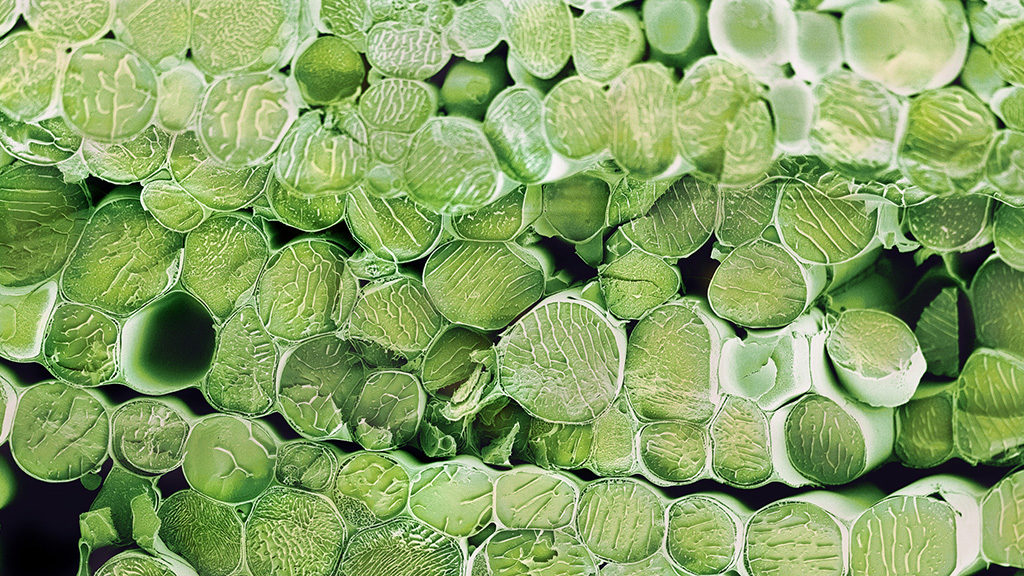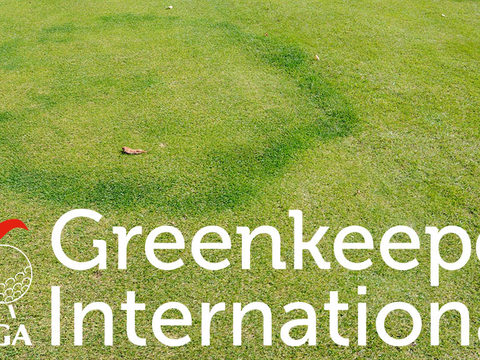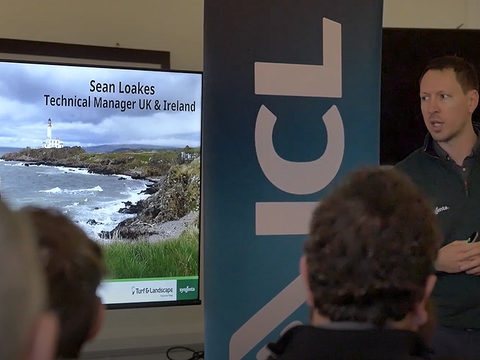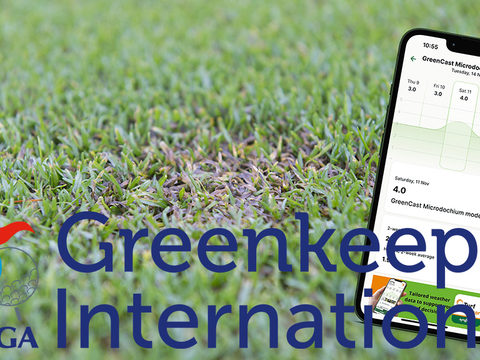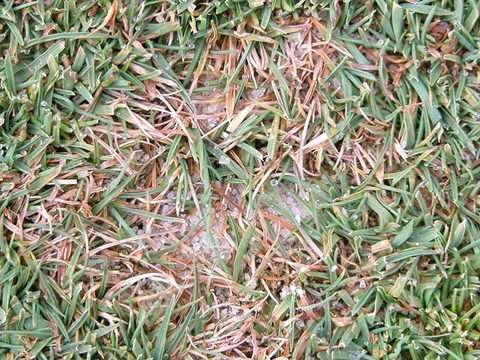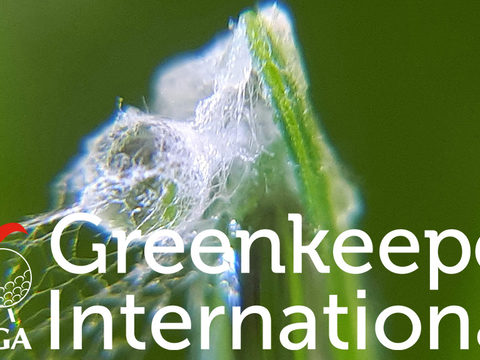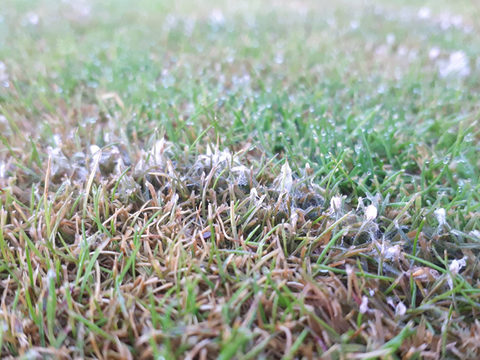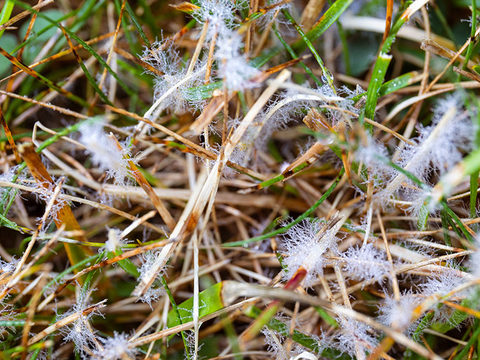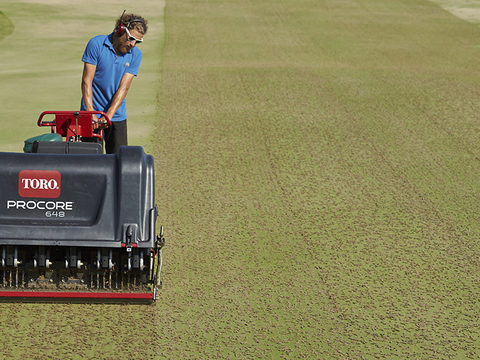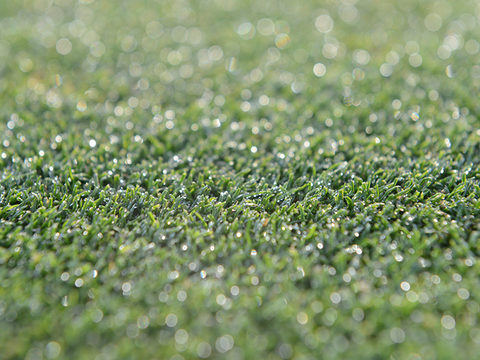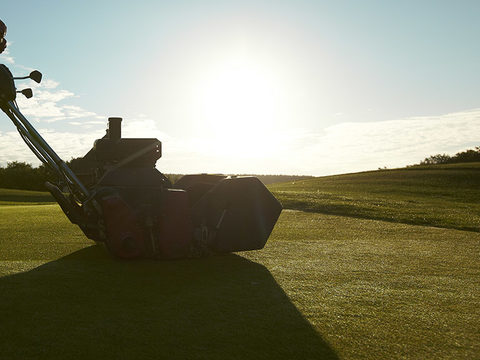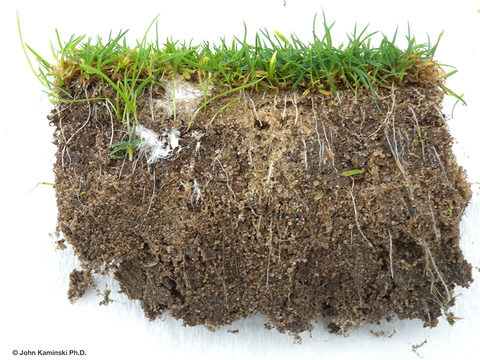Clean up for recovery
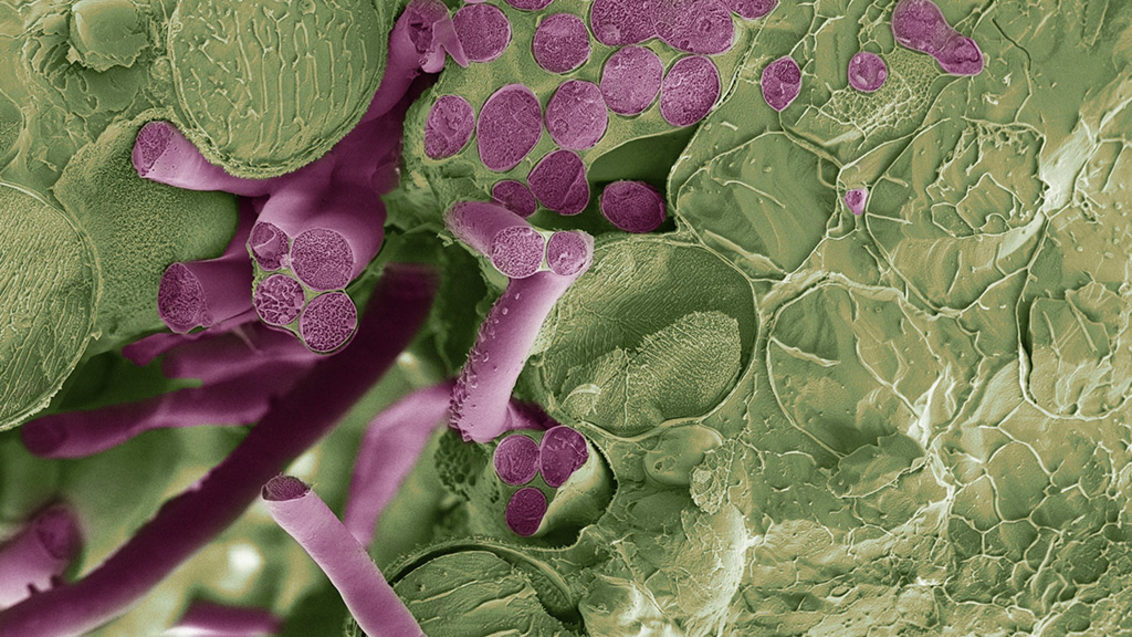
Turf disease control programmes have increasingly moved to preventative programmes to make best use of available chemistry and integrated management techniques – typically resulting in more consistent higher quality playing surfaces.
The focus on proactive preventative programmes has proven highly successful in minimising damage to greens. But when disease pressure proves just too high, or influences outside of the greenkeeper’s control interfere with the strategy, disease outbreaks can still occur, writes Syngenta Technical Manager, Sean Loakes.
Now, results from two successive seasons trials at STRI in Yorkshire have shown how fungicide applications made when disease symptoms are rapidly rising can halt developing outbreaks, and allow turf surface quality to recover.
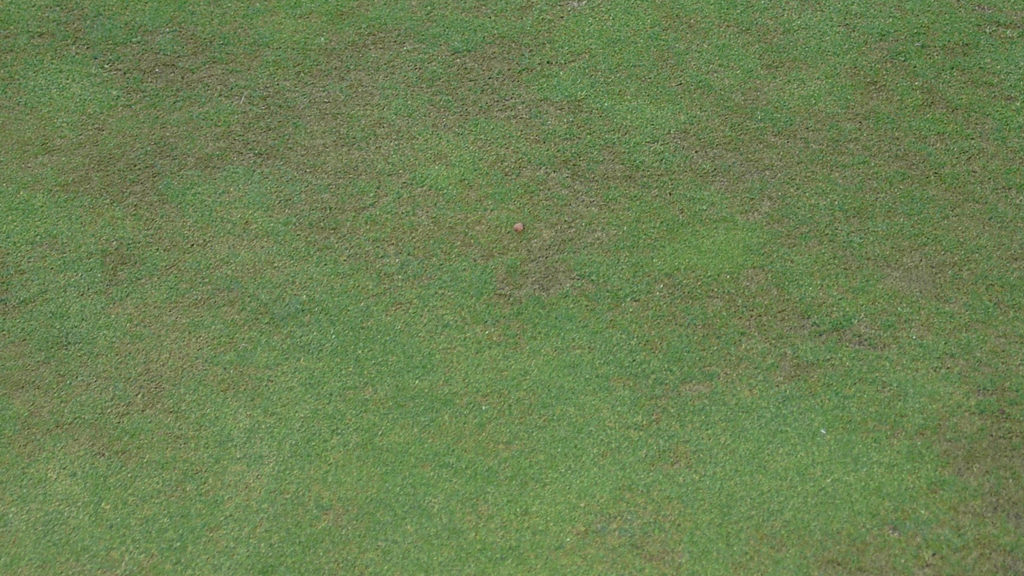
That has proven particularly important with the increasing incidence of summer anthracnose outbreaks (above). When stress events, such as heat, drought, sunlight and nutrient deficiency, trigger disease to flare up of multiple small spots, it’s essential to act fast to prevent it from becoming too advanced to control and impacting the putting surfaces
Timely fungicide application can help to protect and ring fence clean plants, as well as curative action on infected leaves before they show symptoms. This curative activity is essential to help the preventative elements of a fungicide treatment to work most effectively.
With the protection of the fungicide in place, greenkeepers’ actions to alleviate the stress factors that caused the anthracnose outbreak have the best chance of aiding recovery and preventing further issues.
This approach has proven highly successful in the trials with the Syngenta FR321 fungicide programme, utilising a tank mix combination of Heritage and Medallion TL.
High pressure trials
As with most golf course across the country, the STRI trials site has been under high anthracnose pressure in recent summer seasons – except the site is managed to exacerbate issues and put fungicide programmes under extreme test.
The trials have seen fungicide treatments applied when disease outbreaks had already reached levels of 5 to 10% surface area affected - a level of infection that would normally considered unacceptable. To put that in perspective, that would equate to an area of over 50 m2 covered by disease scars on an average green.
Yet, in 2021, for example, while disease continued to develop to unacceptable levels reaching over 20% of area affected on the untreated areas, with an application of FR321 the disease symptoms stopped increasing and, within 18 days, with good growing conditions and management practices any incidence of disease had disappeared with turf quality fully recovered.
In the high disease pressure conditions and without the necessary ITM measures, disease symptoms did start to reappear and build to around 5% - however a second application again knocked back infection and allowed the turf to recover.
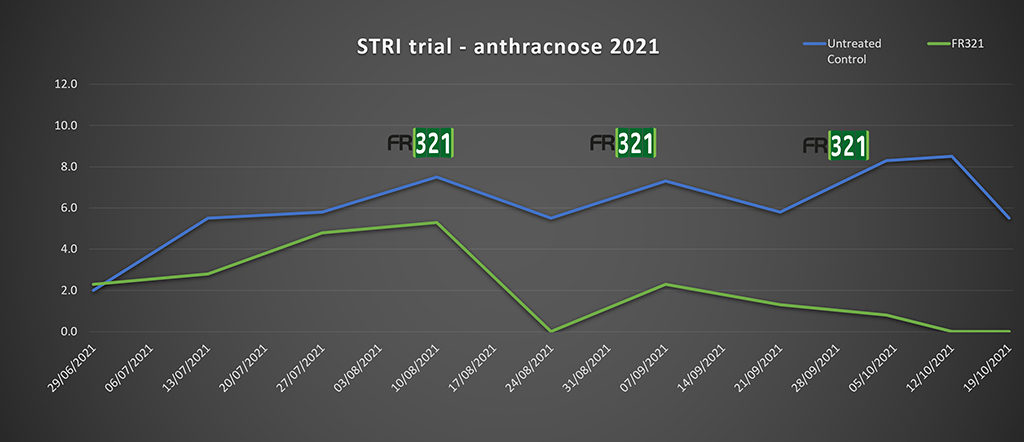
A month later, another cycle of anthracnose build-up in the high-pressure conditions revealed symptom outbreaks, but a third treatment prevented further development and enabled recovery back to zero visible effects.
With the trial repeated in 2022, the combination of high temperatures and low rainfall once again delivered anthracnose pressure, where the combination of fungicide activities again proved highly effective in preventing outbreaks developing and enabling turf to recover.
Commenting on the 2022 trial results, STRI researchers highlighted: “Plots treated with FR321 consistently reduced anthracnose and microdochium incidence throughout then trial period. Areas treated with a traditional fungicide programme reduced levels in comparison to untreated plots, but not to the same level as FR321 plots, that were the best performing treatments in this trial.”
This approach, to contain disease outbreaks at an early point and ring-fence protection of clean surrounding turf, has been particularly effective to tackle anthracnose - which has a longer latent phase of growth in the plant and is relatively slow to develop symptoms. That gives more time for the curative activity to work and enable mitigating management to protect clean areas.
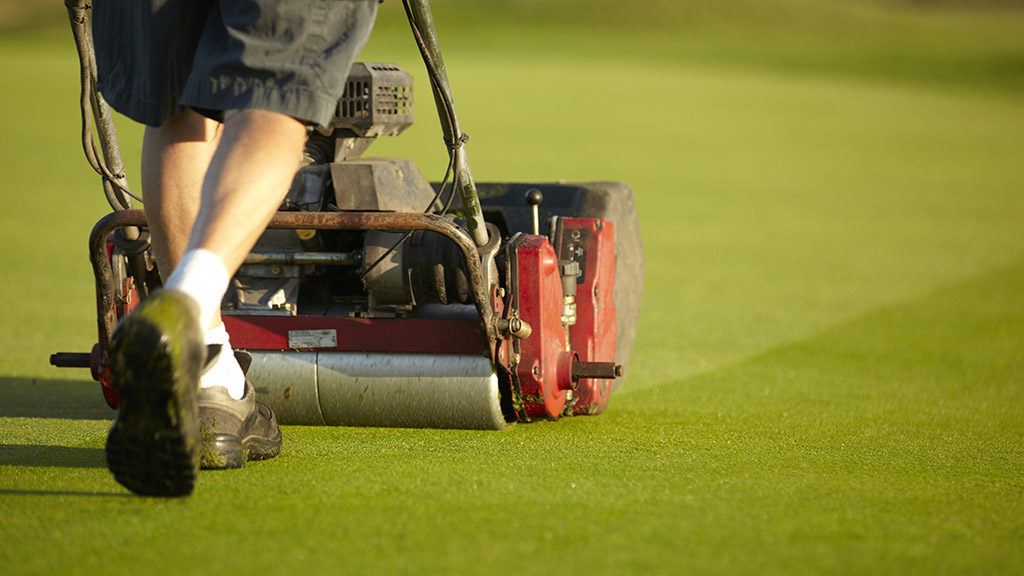
However, it does require suitable growing conditions to enable turf to recover, which is typically the case for late summer or early autumn anthracnose attack. If growing conditions are compromised later in the season, however, limited opportunity for recovery could leave damage evident and surface quality compromised for months.
For diseases such as microdochium patch, that can develop from nothing to over 25% of surface area affected in a couple of nights of high-pressure conditions, there is far less leeway for timely intervention, where proactive prevention in high-risk situations remains the most successful strategy.
Combination benefits
The STRI research has shown that where the two complementary fungicide activities can be deployed together, with the highly systemic Heritage alongside the contact spore knockdown or Medallion, the synergy can give outstanding levels of control. With the FR321 combination, this is coupled with the benefits of Ryder turf pigment to relieve turf stress and mask damage while turf recovers.
Furthermore, an integrated programme to reduce anthracnose pressure over the summer can make the battle against microdochium in the autumn much easier.The STRI trial areas assessed at the end of the summer and going into the autumn, showed plots that had been treated with the combination of Heritage and Medallion through the season were significantly cleaner of microdochium patch infection.
That highlights the benefit of truly preventative applications to ensure plants are clean and protected going into high-risk seasons, and best placed to maintain high quality surfaces with an Integrated Turf Management programme of cultural controls.
Anthracnose ITM
Anthracnose has been recognised as an increasing issue for golf courses across the UK. Some of the stress associated factors are beyond the greenkeepers’ control – particularly weather conditions. However, some cultural and management practices can be adapted to reduce the risk of disease outbreaks.
- Fertility
- Mowing height
- Top dressing
In the US, research by James Hempfling and others at Rutgers State University of New Jersey, identified how increased nitrogen fertiliser (200kg per ha/year vs 100 kg); raised cutting height (3.2mm vs 2.3mm) and sand top dressing (81-98 tonne per ha/yr vs 37-46t) could successfully supress anthracnose. Of these ITM practices, increased fertility had the greatest impact in reducing disease severity and improved surface quality.
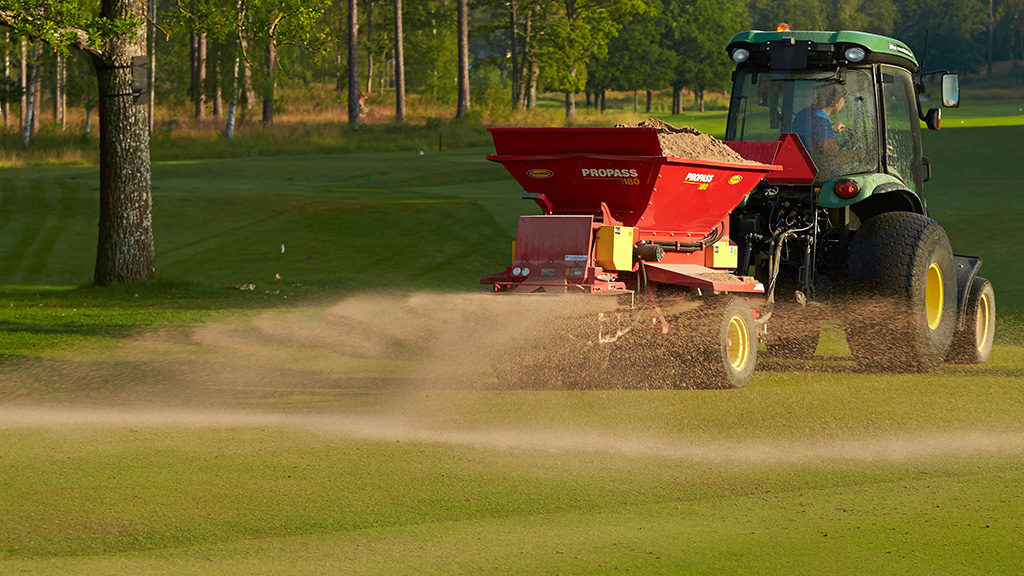
The researchers identified that this ITM approach could provide acceptable suppression through low to moderate anthracnose epidemics, but not in severe instances. The research indicated that raised cutting height could compromise ball roll speed, however there were still benefits from higher fertility and top dressing where a lower height of cut was used.
The work has pioneered a modern approach to ITM research that assesses the effects of an interaction of multiple turf management practices, rather than the traditional trials of each element in isolation. The aim is to provide more applicable advice for greenkeepers that can be utilised in more effective ITM programmes on the course.
Dynamic disease populations
Disease infections in turf are highly dynamic, often with a mix of clean and infected plants across the surface. Different plants will be at varying points in the disease life cycle - from microscopic early inoculation, through to visible sporulation outbreak - or with variable pathogen loading that may, or may not, overwhelm the plant’s natural defence mechanisms. Even within an infected plant, a disease will be at multiple different stages of development. There may even be more than one disease in the plant any one time. Modern fungicides are most effective on early-stage infection, and hence are best applied preventatively as close to the point of infection as possible.
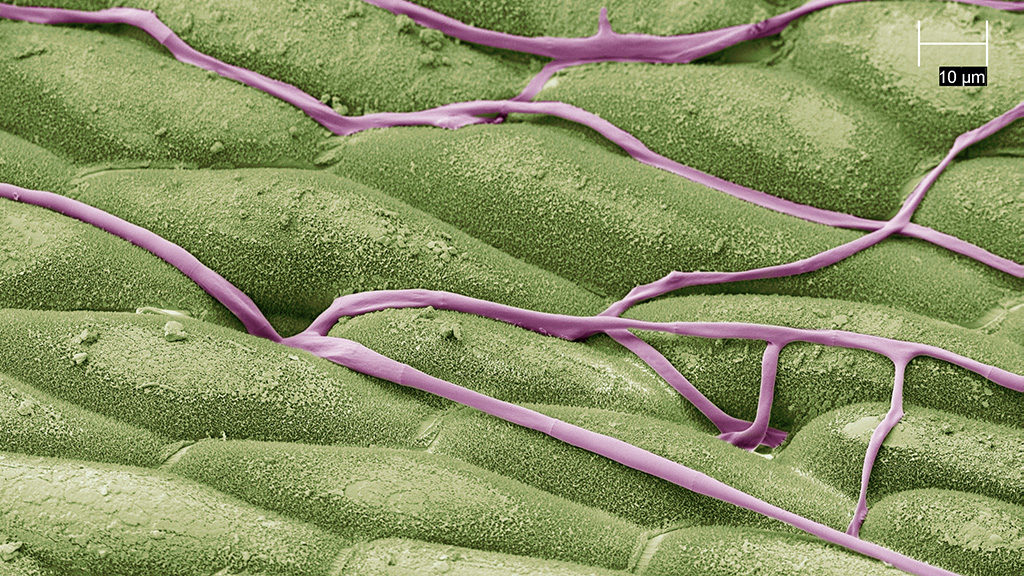
Where there is initial infection seen on the surface (above), there is high chance that other surrounding plants could already be compromised and infected, which makes early fungicide intervention and action most important. Visible disease sporulation will also lead to high infection pressure and the need to protect surrounding plants even more important. However, they can still have a beneficial effect in targeting disease pathogens at different growth stages within an infected plant that will help to bolster its natural defences and aid recovery to healthy leaf (below).
